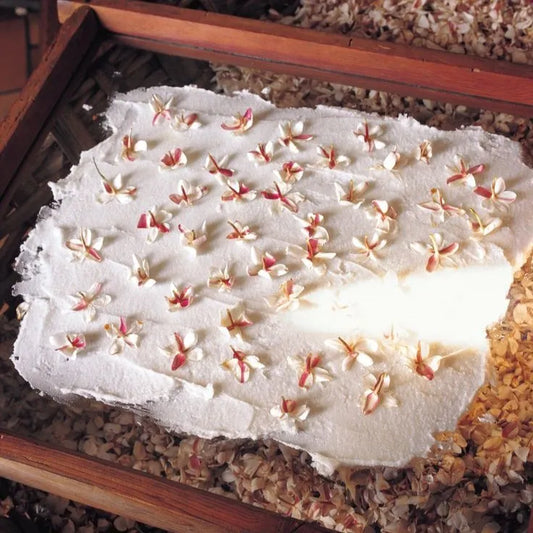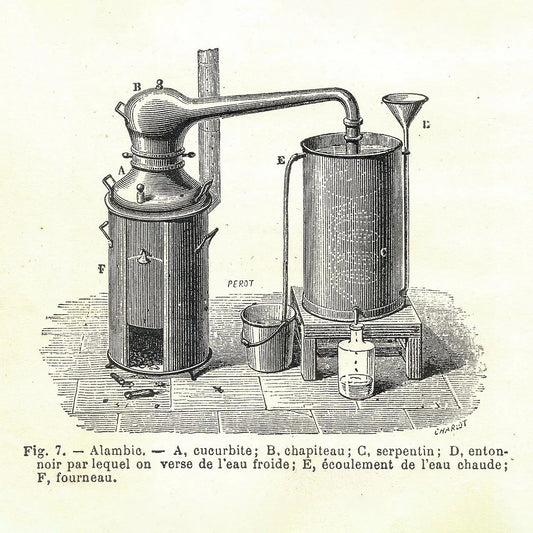Essential oils should be packaged and stored in dark glass bottles—usually amber—to protect them from ultraviolet (UV) rays in sunlight or full-spectrum lighting fixtures. UV rays can compromise the oils by encouraging oxidation, a process through which the oil loses its fresh color and some of its fragrance. This may happen more quickly if the bottles do not achieve an airtight seal when closed. Some oils, including citrus oils (lemon, lime, orange, tangerine, etc.), may become cloudy when they have oxidized, a sure sign that it is time for a new bottle.
A study (Treibs, 1960) discovered that when essential oils are stored in metal containers, impurities in the metal can be released into the essential oil. Copper and ferrous iron, in particular, promote oxidation, and later studies (Choe and Min, 2006) have found that storage in metal will initiate the oxidation process. This, coupled with the fact that many essential oils eat through plastic, makes the glass bottle the best option for storage.
If you mix your own blends, lotions, or cleaning products using essential oils, be sure to store them in airtight containers. As essential oils are volatile— meaning that they turn to vapor when exposed to oxygen—leaving a lotion scented with an essential oil in an open container will allow the lotion to lose its scent fairly quickly.
Storing bottled oils inside a box or cabinet in a cool place will protect essential oils from both light and heat, two factors that can change the chemical composition of the oils. While some suppliers sell lovely display stands for essential oils to be kept on a counter or dressing table, leaving the oils where they can be exposed to sunlight will not extend their lives. Keeping them in a carrying case in a vehicle also shortens their usefulness, as a car’s interior can rise above 100 degrees as it stands outside on a sunny day. In fact, essential oils can oxidize in a matter of days with increasing heat, spoiling your entire apothecary quickly.
It can be fairly easy to tell if the oils have lost their strength or if they have oxidized significantly. Some look faded, and opening the bottle does not bring the burst of fragrance we expect, even when sniffed. Some oils become skin sensitizing as they oxidize, developing new characteristics that can cause redness and rashes on skin. Prolonged exposure to light and/or heat can even cause some oils to morph from liquid into a solid, a state from which the oil will not recover.
Some practitioners recommend that essential oils be stored in the refrigerator. This certainly will prevent oxidation, though chilled oils will require some time on the counter to warm up before use.
Like all substances in the world, even if stored properly, essential oils will eventually degrade on their own. This happens at different rates for different kinds of oils. Research has shown that some essential oil blends deteriorate more slowly than single oils, whether mixed by the seller or the consumer. This may be because the oxidation of one oil may affect the rate of oxidation of others, either speeding it or slowing it down (antioxidating) depending on the oils in the blend. Studies of this phenomenon date back as far as 1948, but more research is required to fully understand what may be happening to keep blends from degrading as quickly as individual oils.





